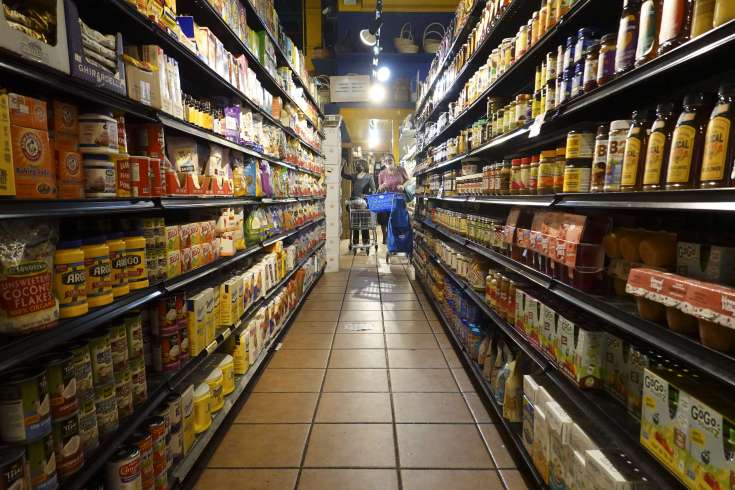
Wholesale prices fell in July for the first time in two years as a plunge in energy prices slowed the pace of inflation, the Bureau of Labor Statistics reported Thursday.
The producer price index, which gauges the prices received for final demand products, fell 0.5% from June, the first month-over-month decrease since April 2020, the month after Covid-19 was declared a pandemic. Economists surveyed by Dow Jones had been expecting an increase of 0.2%.
On an annual basis, the index rose 9.8%, the lowest rate since October 2021. That compares with an 11.3% increase in June and the record 11.7% gain in March.
Most of the decline came from energy, which dropped 9% at the wholesale level and accounted for 80% of the total decline in goods prices, which fell 1.8%. The index for services rose 0.1%.
Stripping out food, energy and trade services, PPI increased 0.2% in July, which was less than the expected 0.4% gain. Core PPI rose 5.8% from a year ago.
The numbers come a day after the consumer price index showed that inflation was flat in July though up 8.5% from a year ago. The easing in the CPI also reflected the slide in energy prices that has seen prices at the pump fall below $4 a gallon after hitting record nominal levels above $5 earlier in the summer.
“Cooling prices paid by producers portend a further cooling for consumer prices, as producer prices are further up the inflation pipelines,” said Jeffrey Roach, chief economist at LPL Financial. “We expect producer prices to ease as supply chains improve. It could take up to three months for improved supply chains to affect prices for the end consumer.”
Federal Reserve officials are watching the inflation data closely for clues about where the economy stands after more than a year of wrestling with high inflation.
Before July’s easing, prices had been running at their highest levels in more than 40 years. Supply chain issues, demand imbalances, and high amounts of fiscal and monetary stimulus associated with the pandemic had driven the annual CPI rate past 9%, well above the Fed’s 2% long-run target.
This week’s data could give the Fed reason to dial back rate increases that have come in successive 0.75 percentage point increments in June and July. Markets are now pricing in a 0.5 percentage point move in September.
A separate Labor Department report Thursday showed that weekly jobless claims totaled 262,000 for the week ended Aug. 6, an increase of 14,000 from the previous week though 2,000 below the estimate.
Claims have been elevated in recent weeks in a sign that a historically tight labor market is shifting. Continuing claims rose 8,000 to 1.43 million.


